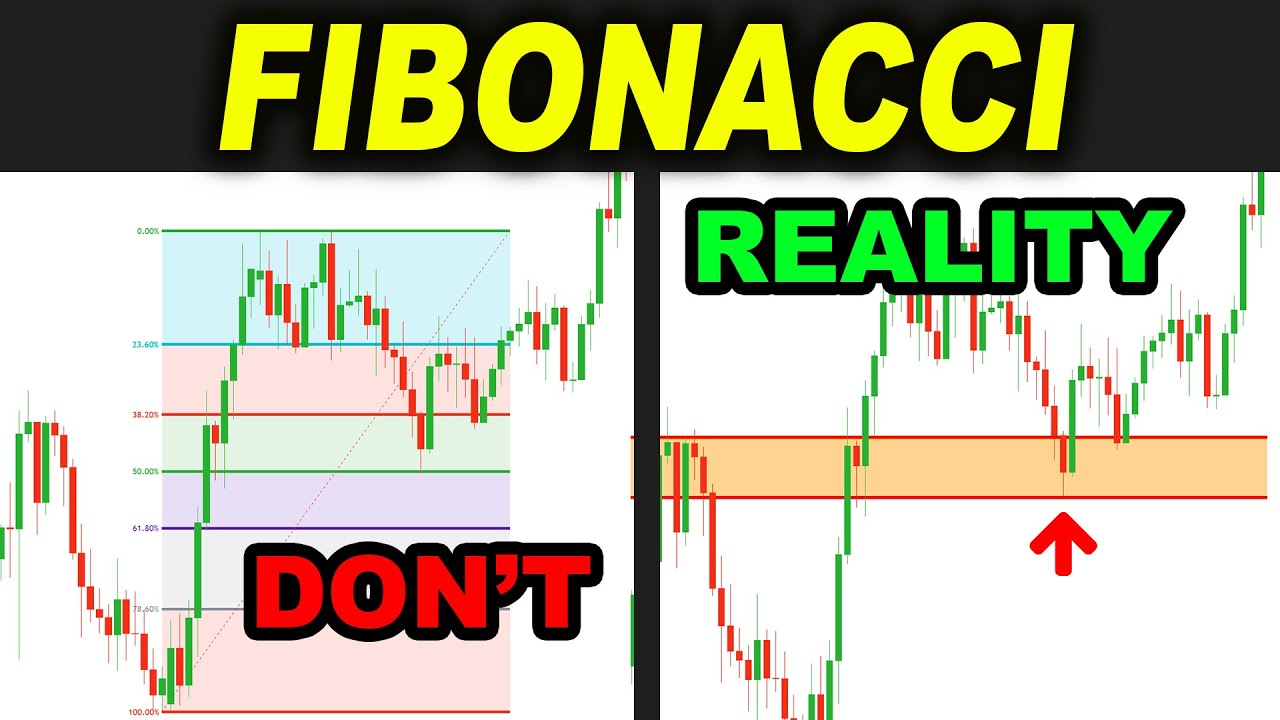The Fibonacci trading strategy involves identifying the hidden levels of resistance and support in the market. This technique works on a wide variety of financial instruments and works across different time frames. The longer the timeframe, the more predictive the Fibonacci retracement will be. Traders typically use the Fibonacci figures at 38.2%, 50%, and 61.8% to find suitable entry and exit levels.
Fibonacci Trading Strategy
In addition to identifying good entry points, the Fibonacci levels indicator can also be used to determine price targets. This tool is compatible with most trading platforms, and it works by dragging from the entry point of a trend to the current market position of an asset. To use the Fibonacci trading strategy, make sure to use it in conjunction with other trading strategies. In other words, do not make trades that are too risky.
A trader can also use the Fibonacci levels to determine whether a trend is going to be in a downtrend or an uptrend. A great example is a GEVO stock trading strategy that uses Fibonacci levels to determine price movements. A buy order placed above a Fibonacci level will result in a successful trade. The buy order will be filled with a profit if the price retraces 50% of its value. A sell order placed below this level will result in a loss if the market continues to go the opposite direction.
Fibonacci projection
The Fibonacci projection is never guaranteed. Traders should wait for confirmation of a trend before placing a trade. The most common retracement levels include the 23.6%, 38.2%, and 61.8%. Once the trend has been confirmed, the trader may then enter the market. In addition, a trader can use the Fibonacci retracement to place a stop loss.
The Fibonacci retracement is a great way to determine if a stock is a good buy or sell. It’s important to remember that the Fibonacci retracement levels should never be considered holy grails, since volatility can blow through them. Experienced traders such as Carolun Boroden, aka the Fibonacci Queen, recommend using a specific trading plan when using this trading strategy.
The Fibonacci retracement levels are calculated by taking the current day’s high and low as benchmarks. They can also be measured using daily or intraday data. The more levels you can use, the stronger the retracement signal. In addition to using the Fibonacci retracement levels, traders can also use other technical indicators to help them determine when to enter or exit a trade.
Conclusion
This trading strategy is one of the easiest to learn and implement. Overlapping Fib graphics onto price charts is an easy process and can lead to a more elegant entry and exit for a trade. It may also help you avoid the problem of averaging into positions if you use it properly. The Fibonacci levels are often referred to in news commentary and analyst research notes. This is an extremely useful strategy for traders, regardless of whether they actively follow it or not.
